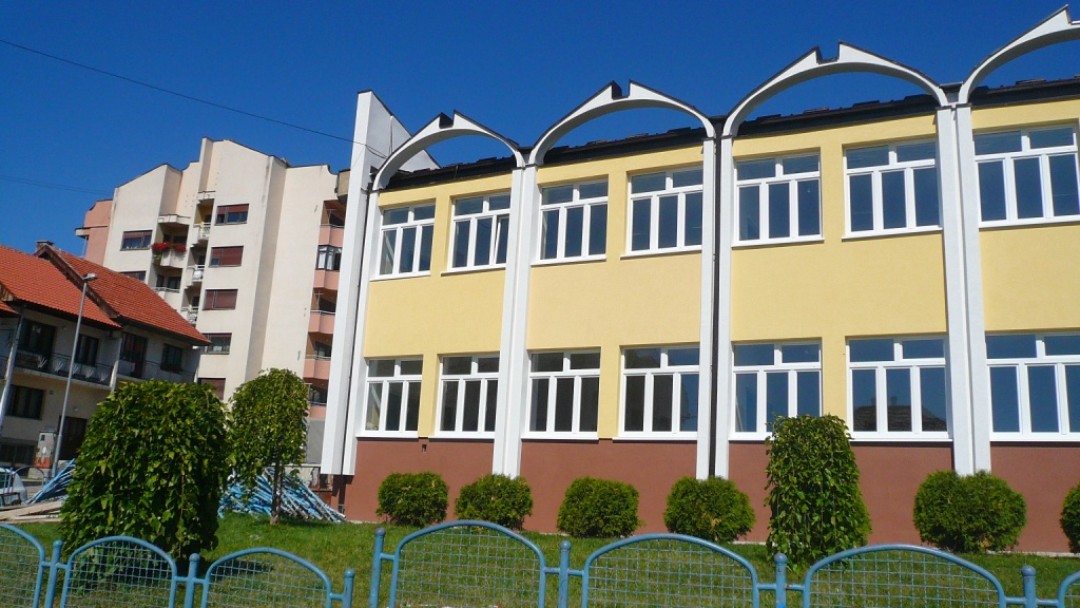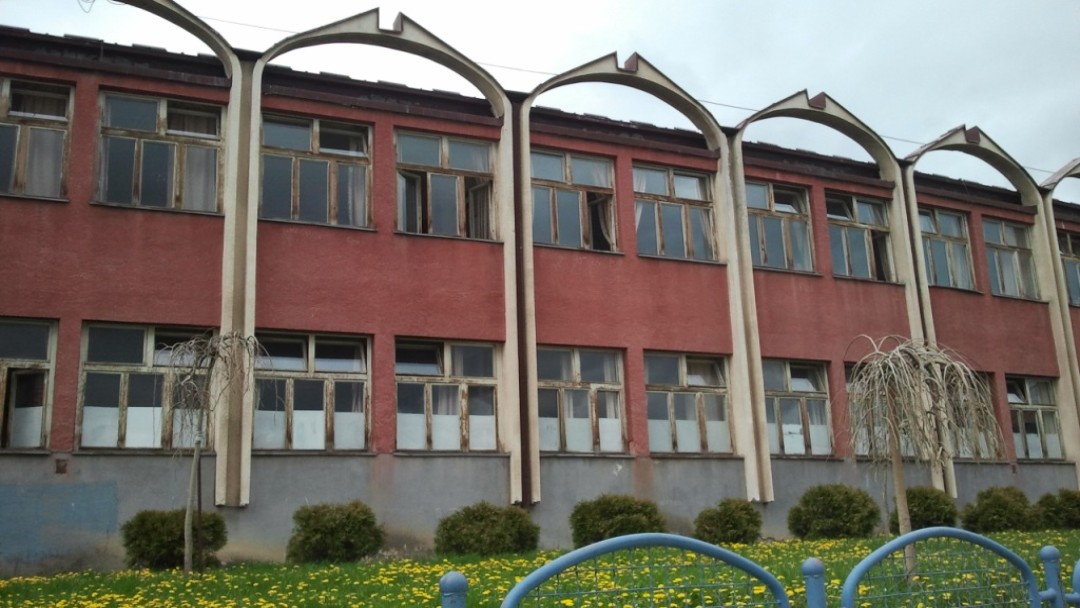News from 2021-07-27 / KfW Development Bank
Europe in perspective: Energy turnaround in the building sector
KfW and Fraunhofer Institute promote nearly-zero-energy buildings in the Balkans

The countries of the Western Balkans - Albania, Bosnia-Herzegovina, Kosovo, Northern Macedonia, Montenegro and Serbia - are all striving to join the EU. To achieve this, they must come closer to EU standards and regulations in many areas, including energy. KfW and the Fraunhofer Institute for Building Physics are supporting them on behalf of the EU in converting to buildings that consume virtually no energy or even produce more energy than they need.
The International Energy Agency (IEA) considers energy efficiency to be the most important energy source of all - "the world's first fuel". It is the most underestimated resource and its potential is not even close to being exhausted. This is true for almost every region of the world, but especially for the Western Balkans. In all the so-called WB6 countries, energy productivity remains low; accordingly, measures and investments to save energy are worthwhile. The building sector is responsible for about 40% of the total energy consumption and about one third of the CO2 emissions in the region. Without a building turnaround, there will be no energy turnaround.
In October 2020, the six countries committed to the so-called Green Agenda for the Western Balkans, which aims to extend the EU's Green Deal to their region. One of the EU's key targets is to reduce greenhouse gas emissions by at least 55% by 2030. This means that the EU has significantly increased its original target of 40% by 2030. This margin now also applies to the WB6 countries. And an important building block for achieving the target is energy efficiency. Especially because houses and buildings in the Balkans are very outdated and require significantly more energy on average than in the rest of Europe.

Aligning with the EU's Green Agenda
Since the beginning of 2021, the EU has required its member states to construct all new buildings as at least "nearly-zero-energy buildings ". This means that they must consume very little energy or should even produce energy, if possible, more than they need. While the EU states have already transposed this EU directive into national law, the countries of the Western Balkans have yet to do so.
To this end, they are receiving support from the German Fraunhofer Institute and KfW Development Bank on behalf of the German government and the EU's Western Balkans Investment Framework (WBIF). The Fraunhofer Institute for Building Physics, which has great expertise in this field, is advising the countries, among other things, on developing the definitions for "nearly-zero-energy buildings". It will also help to design pilot buildings and provide support for new construction or renovation, thus setting examples for the entire region. And finally, many more houses in the Balkans will be raised to a new energy level in order to establish high-efficiency buildings as the "new normal" and achieve ambitious climate goals.
A lighthouse building
Montenegro, which is considered a pioneer in the field of energy efficiency, is planning a new ministerial complex to this standard in the capital Podgorica. With several ministries under one roof, this building is expected to become a shining example of state-of-the-art energy efficiency standards. "This complex is tangible proof that we are implementing the Green Agenda. And we hope that many more buildings will follow this model," says Marko Perunovic, state secretary in Montenegro responsible for energy efficiency.
The building's energy consumption will be close to zero or zero and maybe it will even be a plus-energy building. Such buildings generate as much - or even more - energy from renewable sources as they need for heating and cooling. They are climate-neutral and represent the building of the future.
The building will attract a lot of attention throughout the region. Albania and Northern Macedonia are already considering promoting and building near-zero houses as well. These examples should set a precedent and, in the next step, also motivate private individuals to retrofit their houses accordingly. After all, when it comes to energy, the biggest challenge in the Balkans is the building stock - and at the same time it offers the greatest potential. If it is possible to use this potential, then energy efficiency could really become the "most important energy source" there, in the sense of the IEA conclusion.

Share page
To share the content of this page with your network, click on one of the icons below.
Note on data protection: When you share content, your personal data is transferred to the selected network.
Data protection
Alternatively, you can also copy the short link: https://www.kfw-entwicklungsbank.de/s/enzBWrMC.CiJA
Copy link Link copied